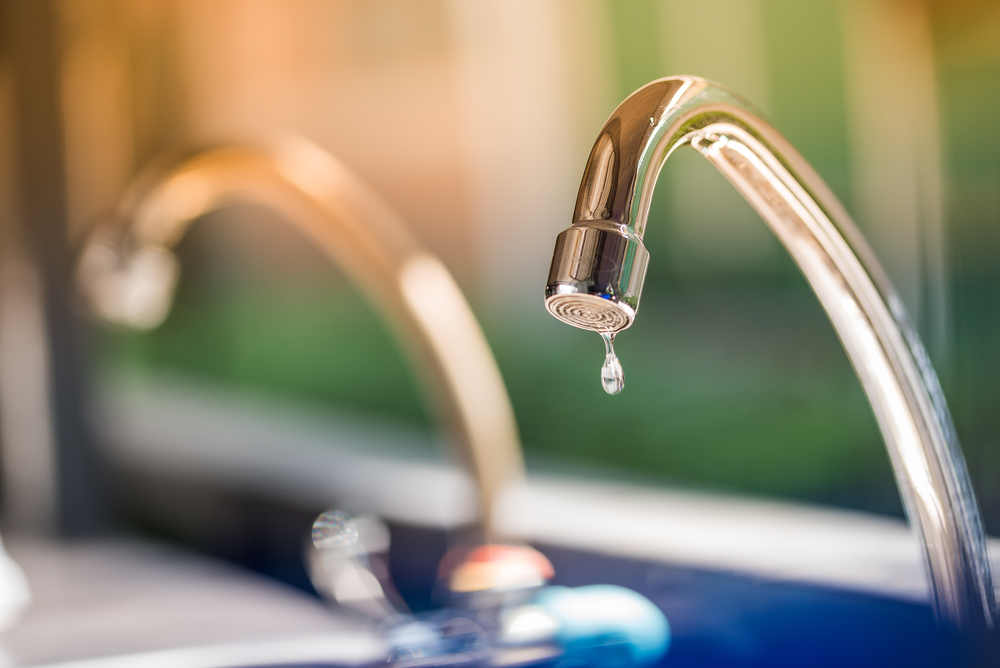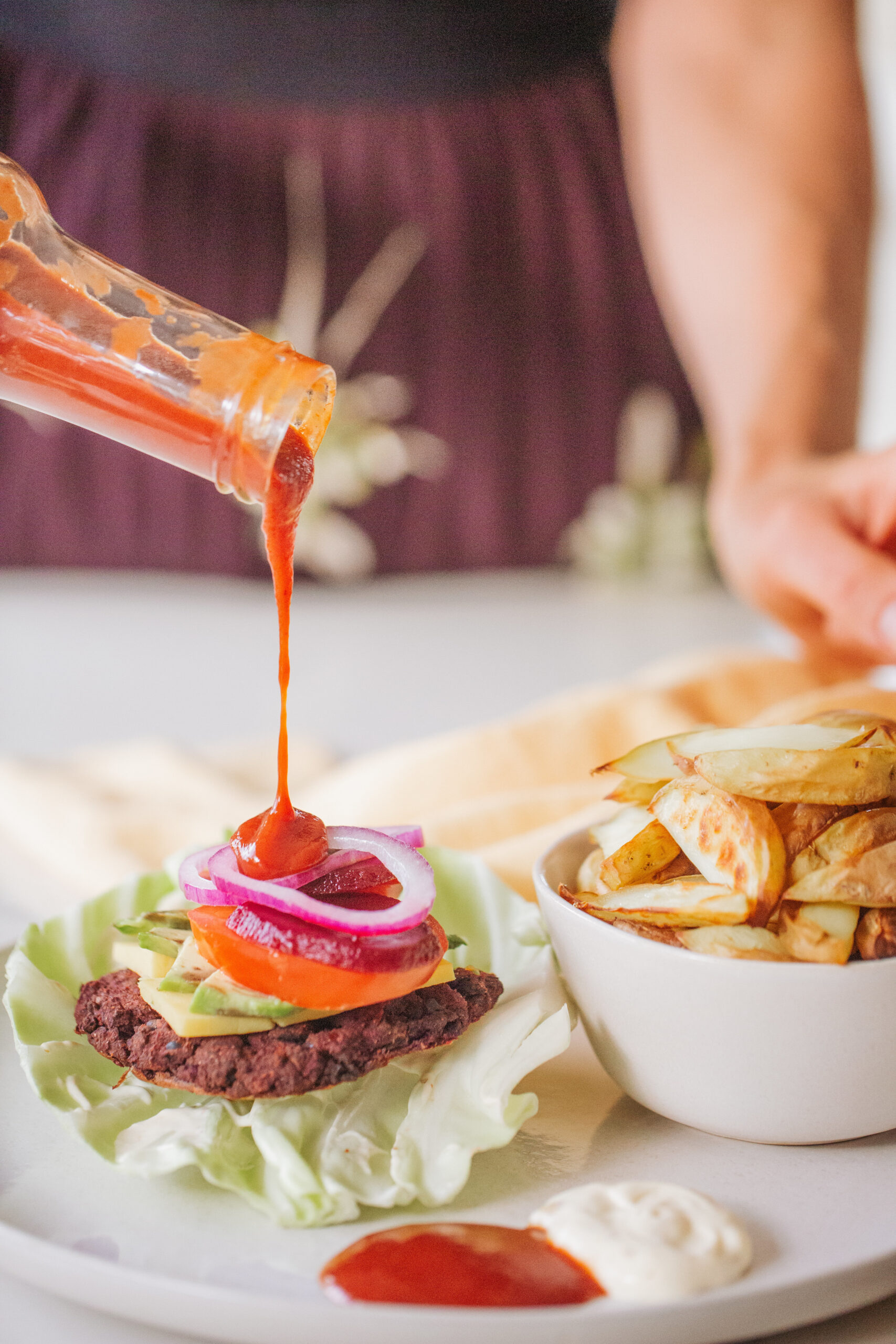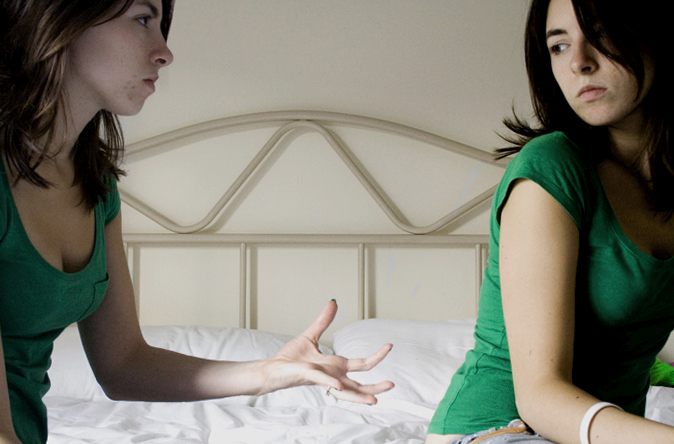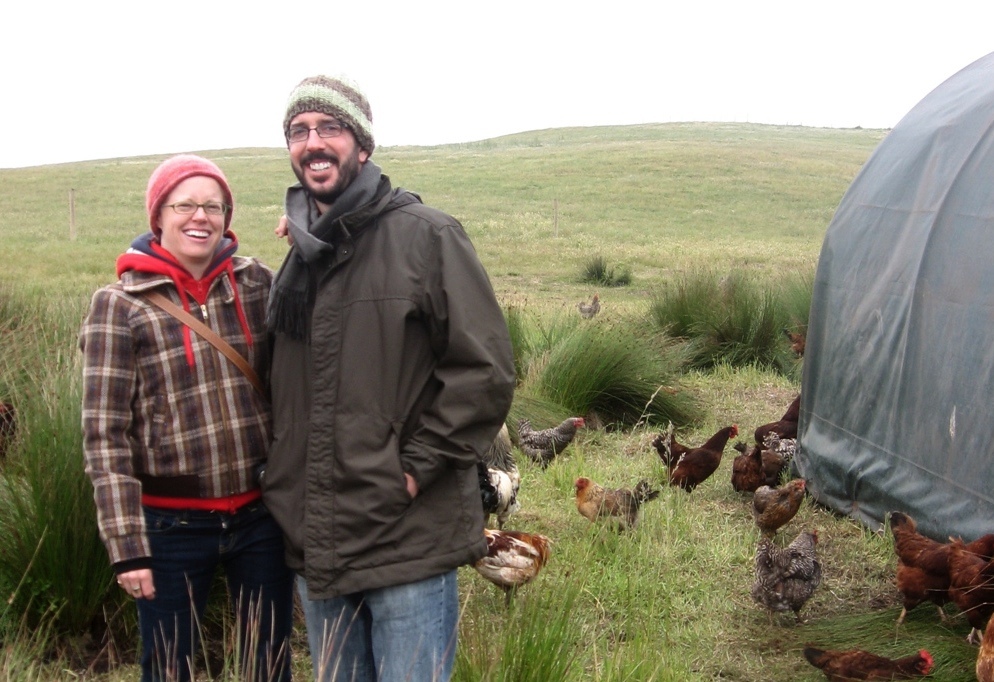Thirty ways to save water right now, next week, and when you’ve got the cash.
1 Check for leaks. One dripping tap that fills an egg cup per minute would fill a swimming pool in a year. If you’ve got a water meter, check it at night before bed and again in the morning. If the reading’s gone up, and no one has had a random 3am shower, you have a leaking tap or pipe—call a plumber asap!
2 Measure your water flow. Kids love doing this! Turn the tap or shower on and run the water into a bucket for 15 seconds. Pour the water into a measuring jug, then multiply the amount of water by four to get your flow rate per minute. More than nine litres per minute means you’re using more water than you need.
3 Check your toilet cistern for leaks. Put a few drops of food colouring in the cistern, and if coloured water ends up in the toilet bowl after 15 minutes without flushing, the cistern needs to be repaired (a washer probably needs replacing, which will cost only a few dollars).
4 If you have a single-flush toilet put a 1.5-litre plastic bottle filled with water in the cistern to reduce the amount of water you flush.
5 Change the setting on your washing machine and dishwasher to ‘eco’, if possible.
6 Check your dishwasher for clogged filters or pumps, sticking rotor blades and leaking hoses, especially if you need to use the heavy-duty cycle (which uses more water and electricity) just to get dishes clean.
7 Put a timer in the shower. Try to keep showers to four minutes or less. Reward teenagers if they keep to your agreed time—and perhaps relax the rules on weekends.
8 Put a water jug in the fridge so you don’t have to run the tap to get cold drinking water, which can waste up to two litres of water per glass. A jug with a filter can also remove chlorine and improve the taste of your water.
9 Check your hot water thermostat. It should be at 60°C. If it’s too high, you’ll need to use more cold water in the mix.
10 Aerate your lawn to improve water absorption: just stab your garden fork into the lawn at intervals. It’s very therapeutic!
To do soon:
1 Install tap aerators. Aerators mix air with water, cutting water flow by half without reducing water pressure. They are inexpensive and easy to install. Buy them from plumbing or hardware shops, or online at ecowatersolutions.co.nz
2 Alternatively, install flow restrictors on your taps and showerhead to limit water flow to seven to nine litres per minute. You’ll need to check your brand of tap or showerhead and ask a plumbing retailer for advice. They’re also inexpensive and easy to install.
3 When you next need a plumber, have your fittings checked for leaks and wear. Ecomatters in Auckland do free in-home water checks on any Auckland property that is interested in conserving water + cutting down their bill. See more at ecomatters.org.nz/campaign/love-your-water/
4 Install a flush-saver device, a small weight that fits inside the cistern and reduces the volume of water for each flush. They’re available cheaply (or free!) from most city councils.
5 Apply mulch to your veggie garden to reduce evaporation by up to 70 percent. Improve water absorption and reduce weed growth.
Save up for:
1 Water-wise appliances. When buying a washing machine or dishwasher, look for the water efficiency labelling scheme (WE LS) label, and choose the appliance with the most stars.
2 A low-flow showerhead. You’ll save money on water heating, and on your water bill. A four-person home in an area with metered water could save $360 a year—and every day you’ll save enough water to flush your toilet 40 times.
3 A dual-flush or ‘low water’ toilet. You’ll use just three to six litres of water per flush—eight litres less than single-flush toilets.
4 A rainwater collection system for watering your garden. Connect it to a drip irrigation system that gets water to plants’ roots. A permeable soaker hose, laid under mulch, is much more efficient than using a sprinkler.
5 A grey water recycling system for flushing the toilet and garden use.
6 A manifold plumbing system sends hot water straight to where it’s required, rather than through large ‘feeder’ pipes, meaning less cold water needs to be flushed out before the warm water arrives. Best for a new build or when a complete re-plumb is necessary.
Change your habits
It’s hard to break the habits of a lifetime, but changing our behaviour can be even more effective than making changes around the house. Here are twelve tips to try:
1 Turn the shower on only when you’re ready to get in. If you’ve got a roomy shower, try collecting the shower’s initial cold water in a bucket.
2 Turn off the tap while you brush your teeth or shave, and save up to 56 litres of water a day. Shaving in the shower may seem more efficient, but it’s actually much better to part-fill the hand basin and shave first.
3 If you need extra time in the shower to wash and condition your hair, try a ‘navy shower’: get wet, turn off the water, lather up, then turn the water on to rinse. Also good for a leg-shaving day! (Alternatively, dry shave using an electric shaver or epilator.)
4 Let it mellow. A three-person house flushes 165 litres of water down the toilet every day, which can be slashed if you don’t flush every time. We’re not suggesting you let the yellow mellow all day, but flushing every second time isn’t as icky as you might think.
5 Instead of rinsing dirty dishes before putting them in your dishwasher, scrape food scraps into the compost bin. Most dishwashers are designed to clean very dirty dishes.
6 Clean your car with a bucket of water and sponge, instead of using a hose.
7 Instead of running water while you wash dishes or veggies, part-fill the kitchen sink (or better yet, a smaller plastic tub placed inside your sink)—and you’ll save ten litres of water per minute.
8 Waste disposal units use a whole lot of water, so compost most of your organic waste and turn the machine on only when you can flush it with dirty dishwater instead of tap water.
9 Don’t run your dishwasher or washing machine until you have a full load. The ‘half-load’ setting uses much more than half the water and energy of a full load.
10 Break the ‘wear once and wash’ habit, so you do less laundry—and your clothes last will last longer, too (see good. net.nz/laundry for more load-lightening ideas).
11 Water plants early in the morning to reduce evaporation. Water deeply twice a week, and for no more than 30 minutes, to toughen plants and encourage their roots to grow deeper.
12 Accept a dry lawn over the summer. Brown grass is dormant, not dead, and it will recover naturally after enough rain.





